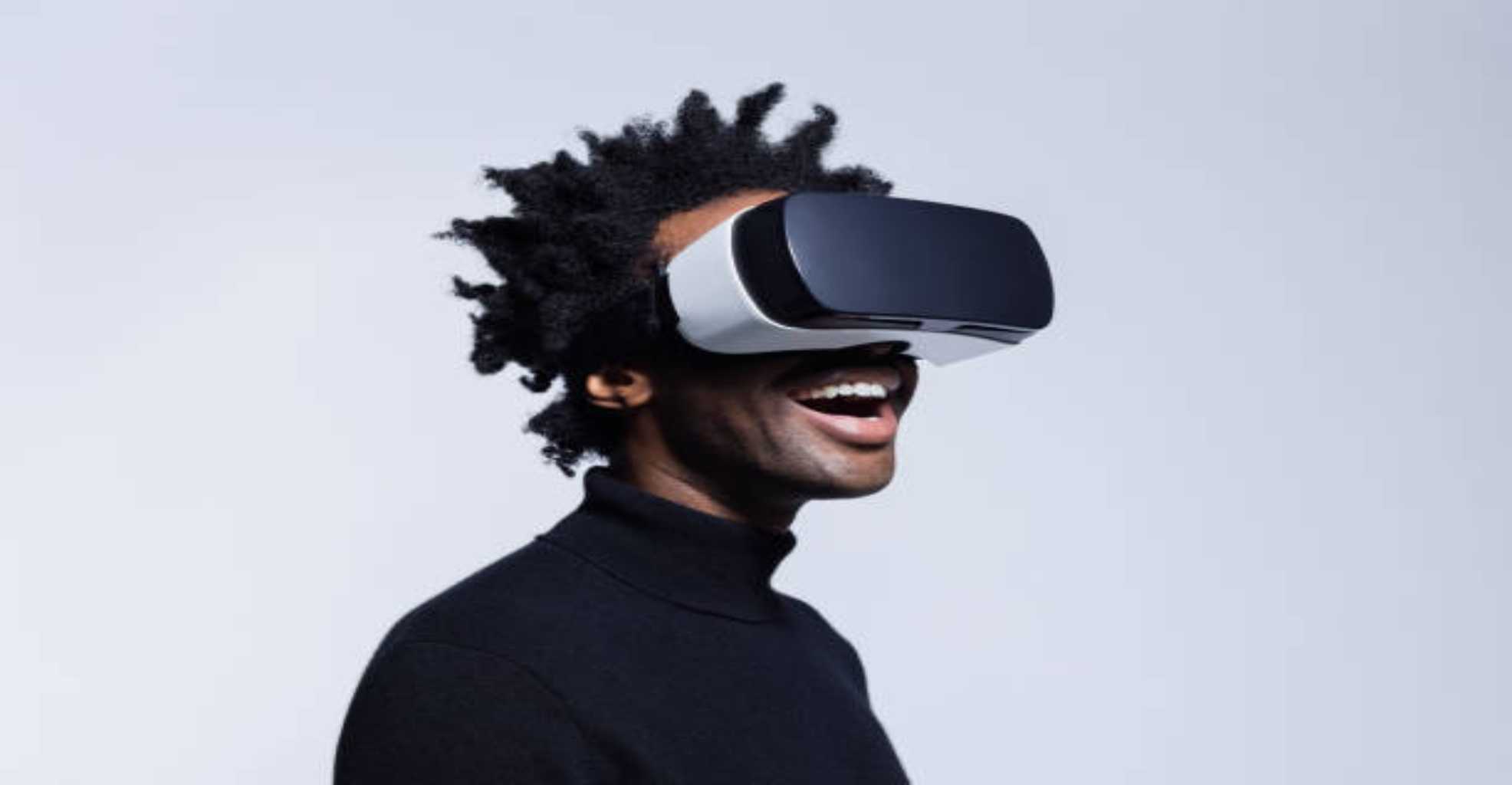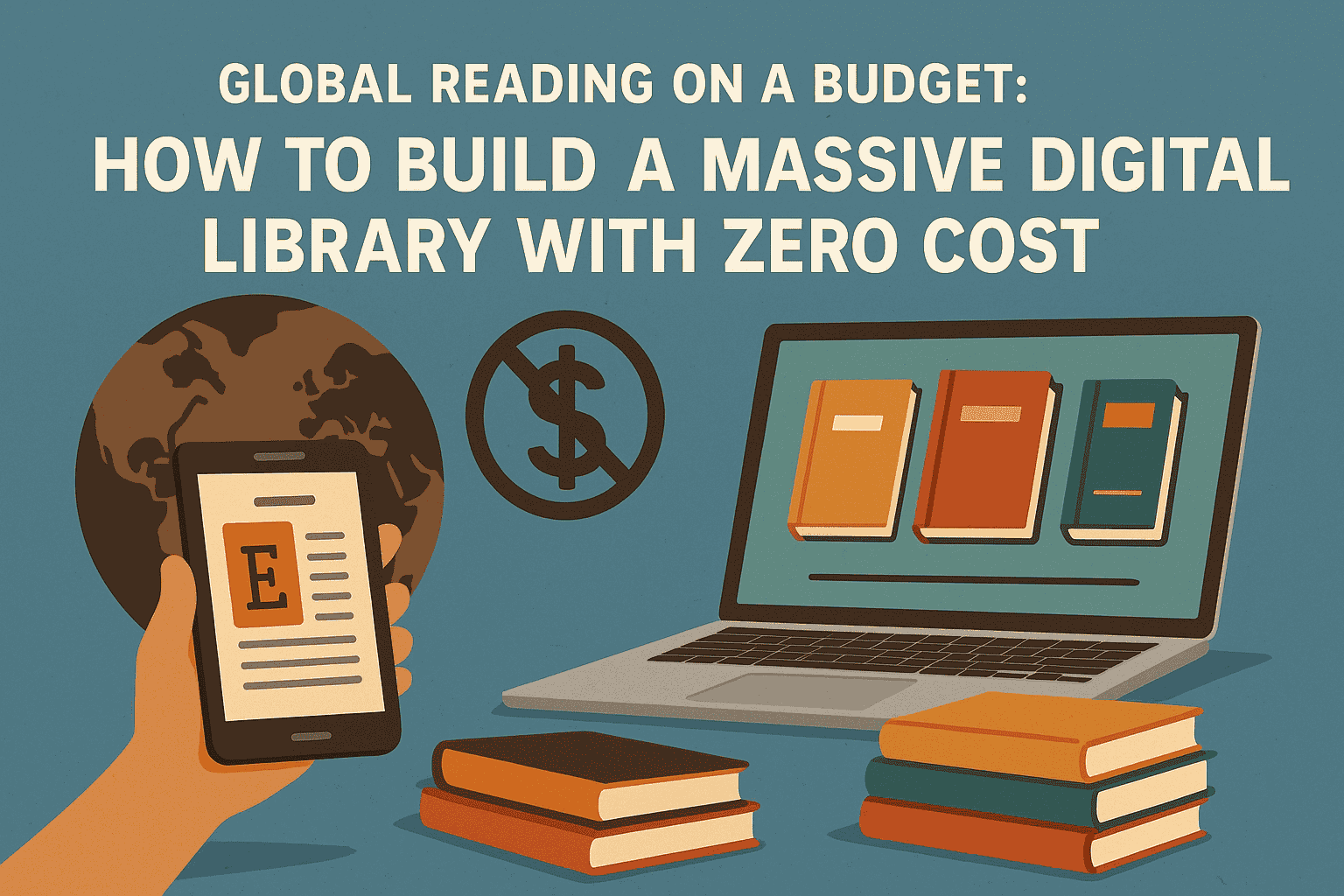Virtual Reality and the Narrative Form: Immersive Storytelling in the Digital Age
The way we tell stories is evolving. From oral traditions to printed books, from radio plays to cinematic epics, narrative has always adapted to new media. Today, the frontier of storytelling lies in Virtual Reality (VR)—a rapidly growing technology that allows users to experience stories from the inside.
VR doesn’t just show a story—it places the audience within it, allowing for an immersive, interactive experience where the line between the audience and the protagonist becomes increasingly blurred. As this technology matures, it's not just gaming or tech enthusiasts who are taking notice—writers, filmmakers, and artists are reimagining what narrative can be.
This blog post explores how virtual reality is reshaping the narrative form, how authors and creators are using it to build emotionally rich experiences, and what the future of storytelling might look like in a world where you don’t just read a story—you live it.
What Is Virtual Reality Storytelling?
Virtual reality storytelling refers to narratives delivered through immersive 3D environments that respond to a user's movements and perspective. Equipped with a headset, the user is placed into a digitally created world where they can look around, move, interact with objects, and in some cases, influence the plot.
Unlike traditional media, VR is experiential rather than observational. In a novel, you read about a character exploring a haunted house. In VR, you are the one opening doors, hearing the whispers, and navigating the darkness. This shift introduces new challenges and opportunities for narrative construction.
Key Features of VR Storytelling:
-
First-person immersion: Users feel as though they are inside the story world.
-
Agency and interaction: Viewers can interact with characters or environments.
-
Spatial storytelling: Information can be embedded in space—visuals, sound, atmosphere.
-
Embodied perspective: Emotions and memories can be triggered through physical movement and sensory simulation.
This evolution poses a fundamental question for writers: What happens to plot, character, and pacing when the reader becomes part of the story?
A New Kind of Narrator
One of the major narrative shifts in VR storytelling is the dissolution of the traditional narrator. In novels or films, the narrator—either omniscient or limited—guides the audience through the world. But in VR, the user becomes the protagonist or an active participant, requiring a different approach to storytelling.
Instead of telling the audience what is happening, VR shows and invites them to discover. This means creators must:
-
Design environments that tell stories non-verbally.
-
Develop characters who can react to the user’s presence.
-
Anticipate user choices and movement patterns.
A successful VR story doesn’t just provide content—it curates experience, gently guiding the user without removing their sense of freedom or agency.
Examples of VR Narrative Projects
Several pioneering VR experiences have already demonstrated the medium’s potential for narrative innovation:
-
“Wolves in the Walls” (Fable Studio)
Based on the children’s book by Neil Gaiman, this VR experience lets the viewer interact with a young girl named Lucy who believes wolves are living inside the walls of her home. You become Lucy’s imaginary friend, influencing her actions and emotions. The experience combines cinematic direction with meaningful interaction, blending storytelling with empathy. -
“Notes on Blindness: Into Darkness”
This immersive documentary translates the audio diaries of theologian John Hull, who lost his sight, into a spatial sound and minimalistic VR world. It redefines narrative through sensory experience, using sound design and visual abstraction to simulate blindness. -
“The Under Presents”
A mix of live theater and VR gaming, this platform allows users to watch and participate in surreal performances. Real actors appear in real time, engaging users in improvisational narratives that vary with each visit.
These examples reveal VR’s capacity to engage users emotionally, not just through plot but through embodied empathy—feeling what a character feels because you occupy their world.
The Role of Interactivity and Choice
In traditional literature, the narrative is linear and author-controlled. In VR, the user’s choices can influence the story, making interactivity a core narrative device.
This doesn’t necessarily mean branching storylines like in “Choose Your Own Adventure” books. Rather, VR allows for:
-
Environmental storytelling: Users uncover stories by exploring environments.
-
Emotional interactivity: Responses from characters can change based on user behavior.
-
Dynamic pacing: The story moves forward when the user is ready, not before.
This introduces a fascinating paradox: The creator relinquishes some narrative control to empower the user. The success of a VR story depends not just on what’s written, but on how the user engages with it.
Spatial and Sensory Storytelling
In VR, space becomes a narrative device. Where the user looks, walks, or lingers can reveal story elements. Every object or sound in the virtual environment can serve a narrative purpose, making design and storytelling inseparable.
For example:
-
A room cluttered with photographs and journals might reveal a character’s backstory.
-
A sudden shift in soundscape can indicate tension or emotional shift.
-
The absence of something—like a missing person or an empty chair—can speak volumes.
Sensory input (visual, auditory, and increasingly, haptic feedback) becomes part of the storytelling language. A vibrating controller or subtle breeze from a fan can create tactile associations with fear, wonder, or sadness. In this way, VR crafts multi-sensory narratives that are impossible in print or 2D media.
Challenges of VR Narrative Design
Despite its potential, VR storytelling faces significant challenges:
-
User Distraction
Unlike films or books, users in VR may miss key plot points while exploring the environment. Balancing freedom with narrative clarity is a major design challenge. -
Technical Limitations
Hardware limitations, motion sickness, and accessibility barriers can restrict who experiences VR stories and how deeply they connect. -
Writing for Immersion
Traditional scripts don’t translate easily into VR. Writers must collaborate with designers, developers, and sound engineers to create integrated experiences. -
Ethical Implications
With greater immersion comes greater emotional impact—and responsibility. VR can trigger intense psychological reactions. Creators must be cautious when handling sensitive topics like trauma, violence, or identity.
Literature in the Age of VR
The implications of VR storytelling extend to literature itself. While novels and VR may seem like separate worlds, they are increasingly converging. Some writers are experimenting with VR adaptations of their books, while others are writing interactive fiction designed specifically for immersive environments.
Projects like:
-
VR poetry installations
-
Interactive story apps
-
AI-generated narrative experiences
…are blurring the boundaries between author, reader, and technology. Writers are no longer just wordsmiths—they are becoming world-builders, crafting interactive ecosystems of story.
The Future: Beyond Passive Narratives
As VR technology becomes more affordable and widespread, its impact on storytelling will likely deepen. Future trends may include:
-
Multiplayer narrative experiences: Collaborative storytelling where users co-create the plot.
-
AI-driven narratives: Stories that adapt in real-time to users’ emotional or behavioral responses.
-
Educational storytelling: VR stories used to teach history, science, or ethics through lived experience.
-
Therapeutic VR fiction: Immersive stories designed for healing, mindfulness, or trauma recovery.
VR may also push us toward hybrid narrative forms—blending text, voice, performance, and interactivity. It encourages us to rethink authorship: Who tells the story when everyone is part of it?
Conclusion
Virtual reality is not replacing traditional storytelling—it is expanding its boundaries. It offers writers and artists a chance to explore new forms of empathy, agency, and presence. Through VR, we can tell stories that are not only read or watched—but felt, inhabited, and remembered as if lived.
As we move deeper into the digital age, immersive storytelling will become a crucial part of our cultural vocabulary. Whether you’re a writer, a gamer, a filmmaker, or a curious reader, VR invites you into a world where the story surrounds you—and where you are part of the story.







